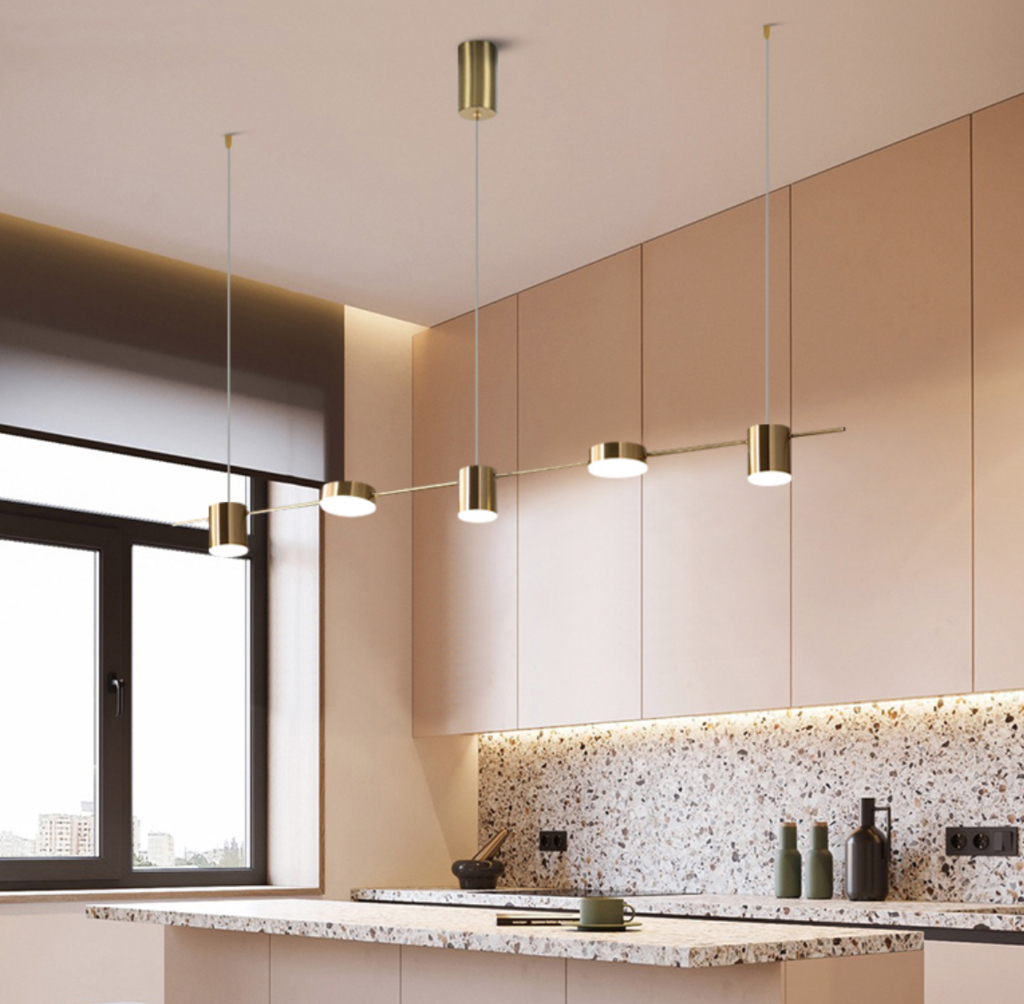

The kitchen is the heart of a home and also one of the busiest rooms. The culinary artistry of cooking creates a variety of fumes, smoke and grease in the air, which makes it necessary to have a quality range hood installed. This ventilation system keeps your cook space smelling fresh and helps reduce respiratory issues associated with smoke, steam and gases.
A vent hood works by pulling air away from the stove and into an internal filter system that captures grease, smoke and other contaminants. It then expels the filtered air into the ventilation system that connects to outside of your home, and recirculates clean, fresh air back into your kitchen.
Using a vented range hood regularly is also important in maintaining healthy indoor air quality. This is especially true for those with allergies or respiratory conditions such as asthma. A hood also mitigates offending odors that can accumulate in your kitchen, which is a common problem with cooking seafood or other odoriferous foods.
There are many types of vent hoods available, each designed for different kitchen layouts and features. A popular style is the island range hood, which is mounted to the ceiling above a stove or kitchen island. These are commonly used in homes with larger kitchens, as they offer a more streamlined look than wall mount hoods and can make an impact in an open-concept layout.
Some kitchen hoods are ductless and work by recirculating the air in your kitchen instead of expending it into the environment. They usually feature a filter that removes grease and other contaminants, as well as a fan that draws in hot air from the rest of your kitchen and then releases cool, filtered air into the room. Some hoods even have built-in temperature sensors that turn on automatically when the microwave turns on, preventing the hood from overheating and potentially damaging its electronics.
While a vent hood isn’t required by law in all homes, it is vital for those who frequently fry, saute or sear foods. These kitchen appliances produce more greasiness and other contaminants than other appliances, so they need to be able to move more cubic feet per minute (CFM) to keep up with the increased amount of smoke, steam, grease and other pollutants.
There are some other types of hoods that can be used in your kitchen, including curved or angled ductless vent hoods, slanted hoods and box hoods. These styles offer a sleek appearance that blends well with modern, minimalist kitchens, but they aren’t as effective at removing smoke and gases from the air as other models.
No matter which type of hood you choose, it’s important to adhere to commercial kitchen hood code requirements. These are determined by local building codes and may differ from state to state. The most important regulations to consider are:






